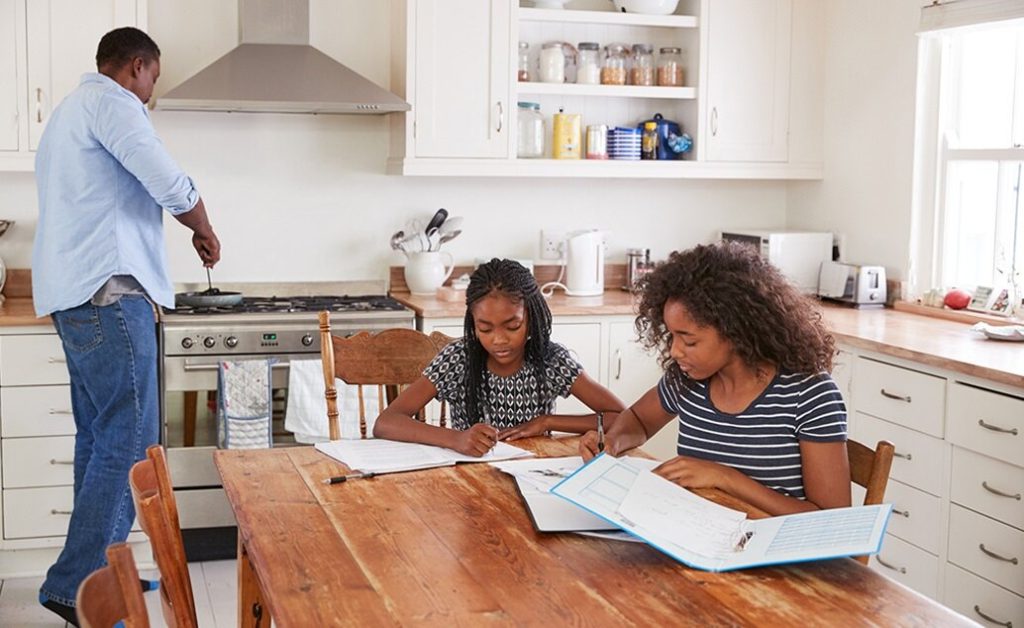
I have taught in closets, hallways, on the playground and in the gym, but this spring has brought a classroom I never imagined having – my kitchen table. When school closures due to the coronavirus pandemic took away the last quarter of the school year, I found myself in a unique role of both parent and educator.
Like many parents, the transition to home-based instruction for my kids has been a new experience for me to manage. This is, of course, on top of having job responsibilities and grad school coursework. Yet, I fully embraced this opportunity to engage with my children in new and different ways and looked beyond what “typical” school looks like. As I reflect on what worked in our home, I thought I’d share some of the things that I learned along the way.
Tackle it Tomorrow
Balancing the social, emotional and personal needs of our family has been far more important than digging deeply into academics. Just like Rome wasn’t built in a day, neither is education. Allow yourself to push pause on the education button for a day if you or your kids are feeling too much stress or anxiety to focus on school. Giving yourself time to reset will be more productive in the long run.
Acknowledge Emotions
Virtual class meetings have not gone well in our home. Our limited technology in this slice of rural America made accessing online resources a stressful activity. We kept up our attempts to join class meetings and group chats until one afternoon my kindergartner came to me with tears in her eyes and said, “Those make me sad, anxious, and I don’t want to do those anymore.” We had a long talk about how she felt about the situation and decided it would be best to take a break from those virtual meetings until she felt ready. I could relate to her. As an adult, I’ve had days where I’ve felt exactly how she felt. Give your kids time and guidance to work through their emotions.
Traditionally Nontraditional
Although reading, writing and math have their place, this situation has given my kids a chance to learn in a new and different way. They are spending more time on our farm and exploring the woods. This non-conventional, experiential learning is STEAM learning in its purest form. We identified bird species, learned to bake bread, planted our garden and hatched chicks. We painted, created, problem-solved and engaged with our surroundings. So think about the hobbies or skills that you have and take this opportunity to share that real-world knowledge with your kids.
Right now, we are quite literally watching history unfold in our communities. So take a deep breath, hug your kids, and celebrate the gift of time with your little learners.
Stay up-to-date on best practices for digital instruction by enrolling in American College of Education’s M.Ed. in Educational Technology or M.Ed. in Instructional Design and Technology degree programs.

